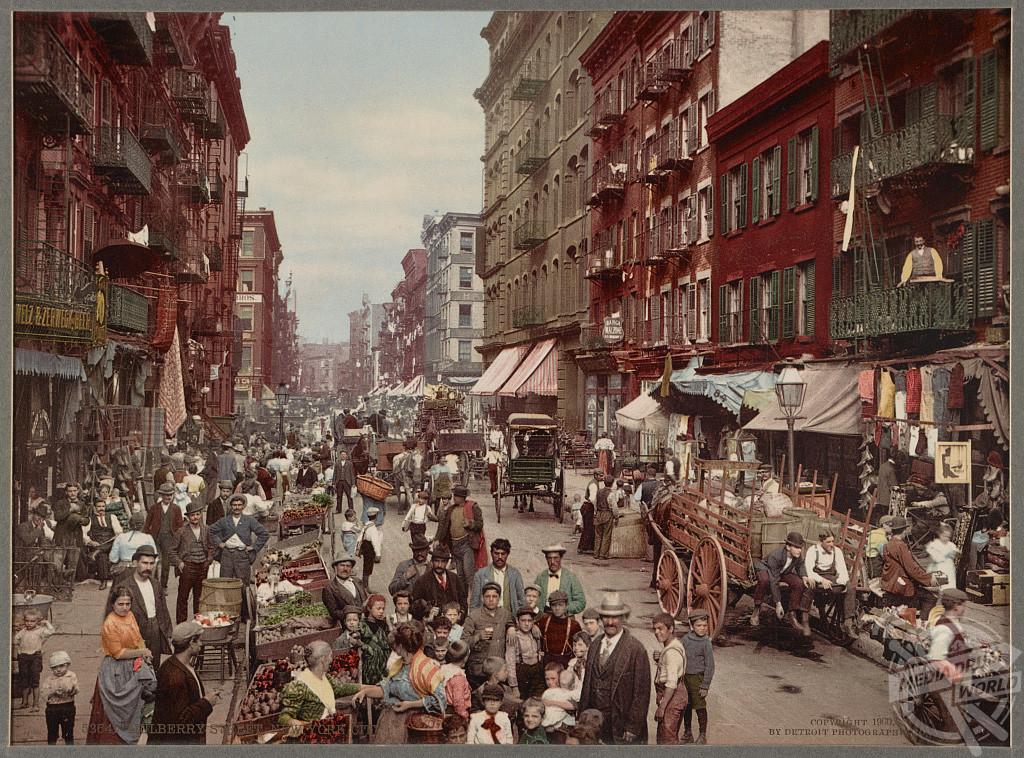
By Alex Jones
CAPTIVATING colour images show what life in New York City was like when horse-and-carts ruled the roads and the skyline was considerably closer to earth.
Beautiful photochroms, taken approximately 120 years ago, show the artisans and junkmen plying their trade in the bustling Mulberry Street; crowds of fabulously dressed pedestrians parading down Sixth Avenue; and the Big Apple’s first attempts at dominating the skies.
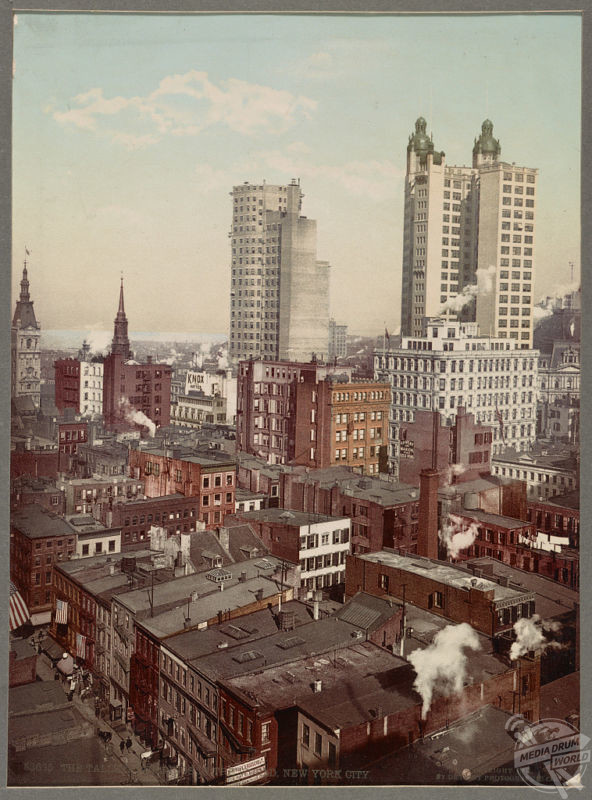
The United States’ biggest city has always played a significant role in the country’s history. It was founded in the 1600s by Dutch colonists and served as the U.S. capital for five years in the 1780s. Over the last two hundred years, millions of immigrants have come to New York seeking safe harbour and chasing the American Dream, waving into their new lives by the Statue of Liberty grandly situated just a mile off the coast of Lower Manhattan.
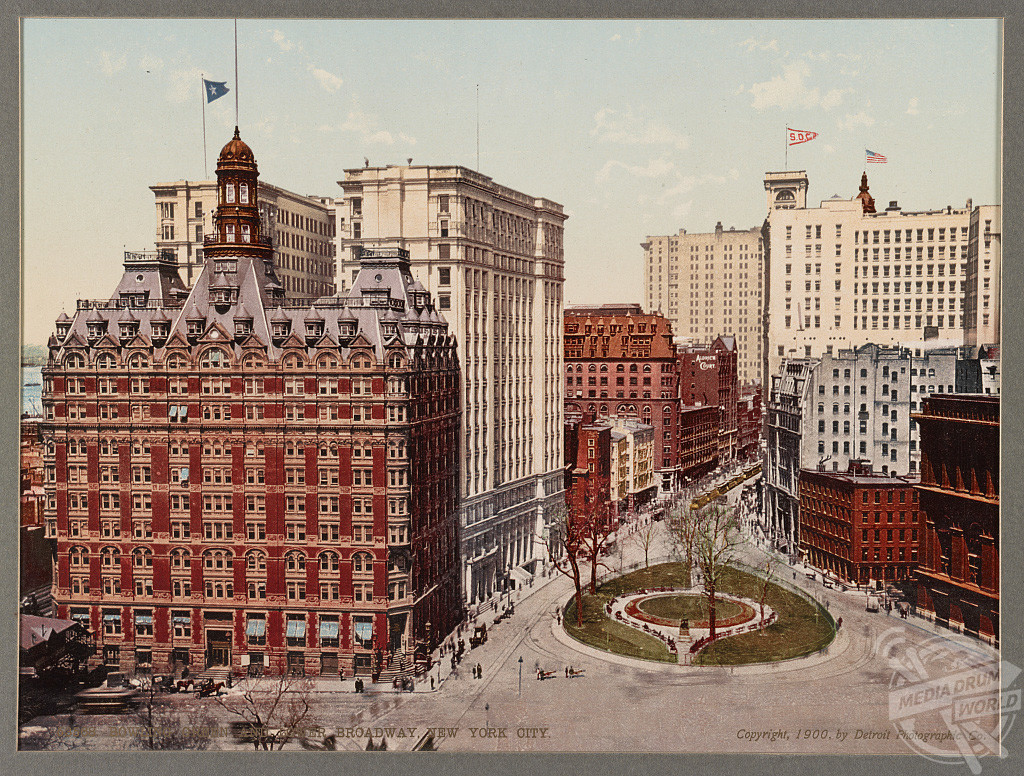
Towards the end of the 19th Century, the city’s population exploded – more than doubling from 1890 (1,515,301) to 1900 (3,437,202). As the city grew out, it also grew up with a number of prototype skyscrapers built at the start of the 1900s before the roaring twenties and early thirties saw iconic structures such as the Empire State Building, the Chrysler Building and the Rockefeller Centre form New York’s unmistakable urban silhouette.
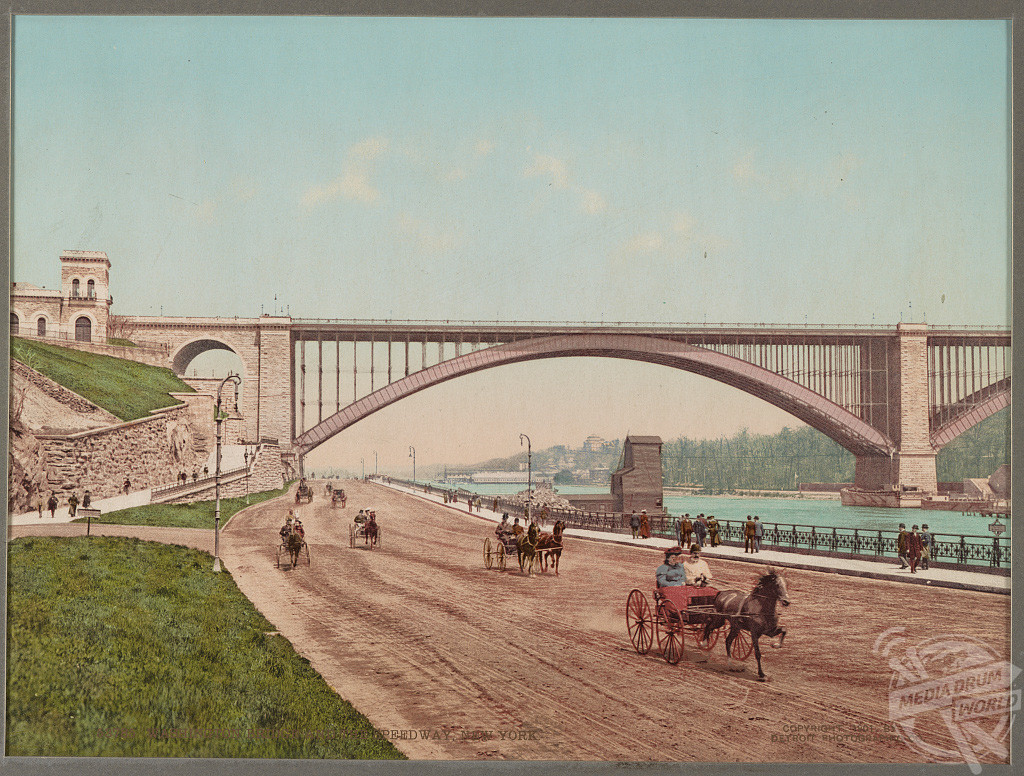
Nowadays its population sits comfortably over 8.5 million and it attracts tens of millions of tourists every year, keen to take in the sights and sounds of the city which never sleeps. It is the most photographed city in the world and, as these photochroms prove, has always attracted shutterbugs since the invention of the camera.
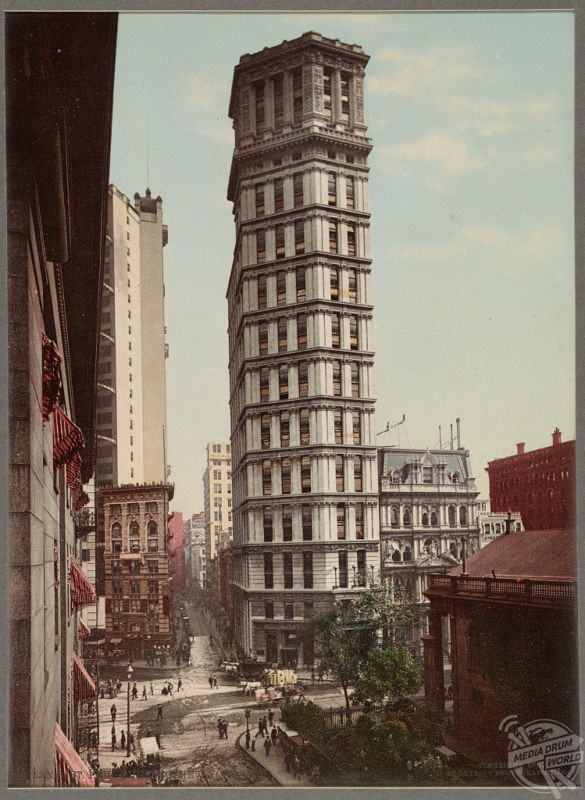
The striking images were produced by Detroit Photographic Company circa 1900 using ‘Photochrom’. This is a method of making colourised photographs from black and white negatives via the direct photographic transfer of a negative onto lithographic printing plates.
It was invented in the 1880s and was most popular in the 1890s, when these images were taken. Although true colour photography had been developed by then it was not commercially practical yet.






